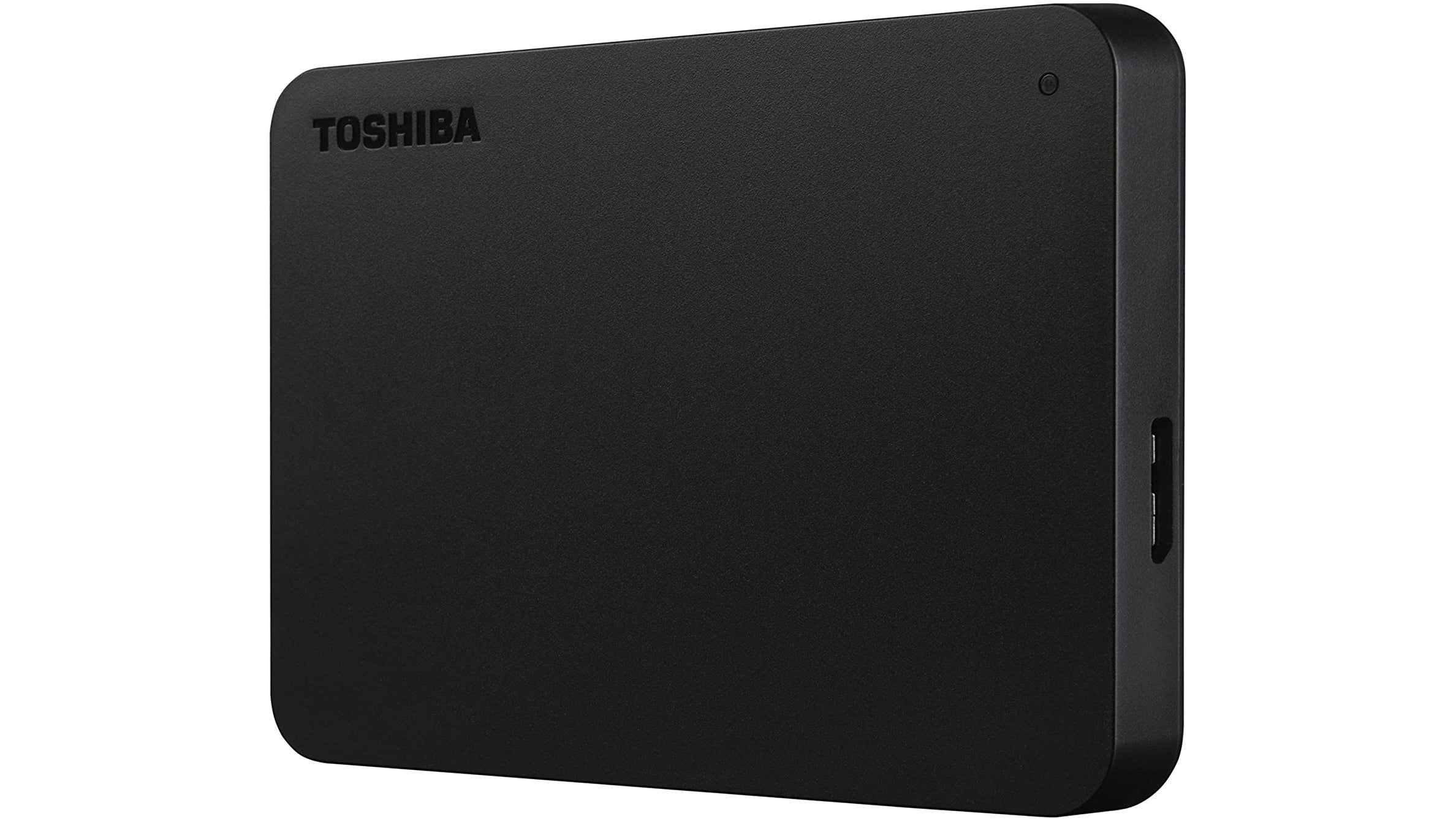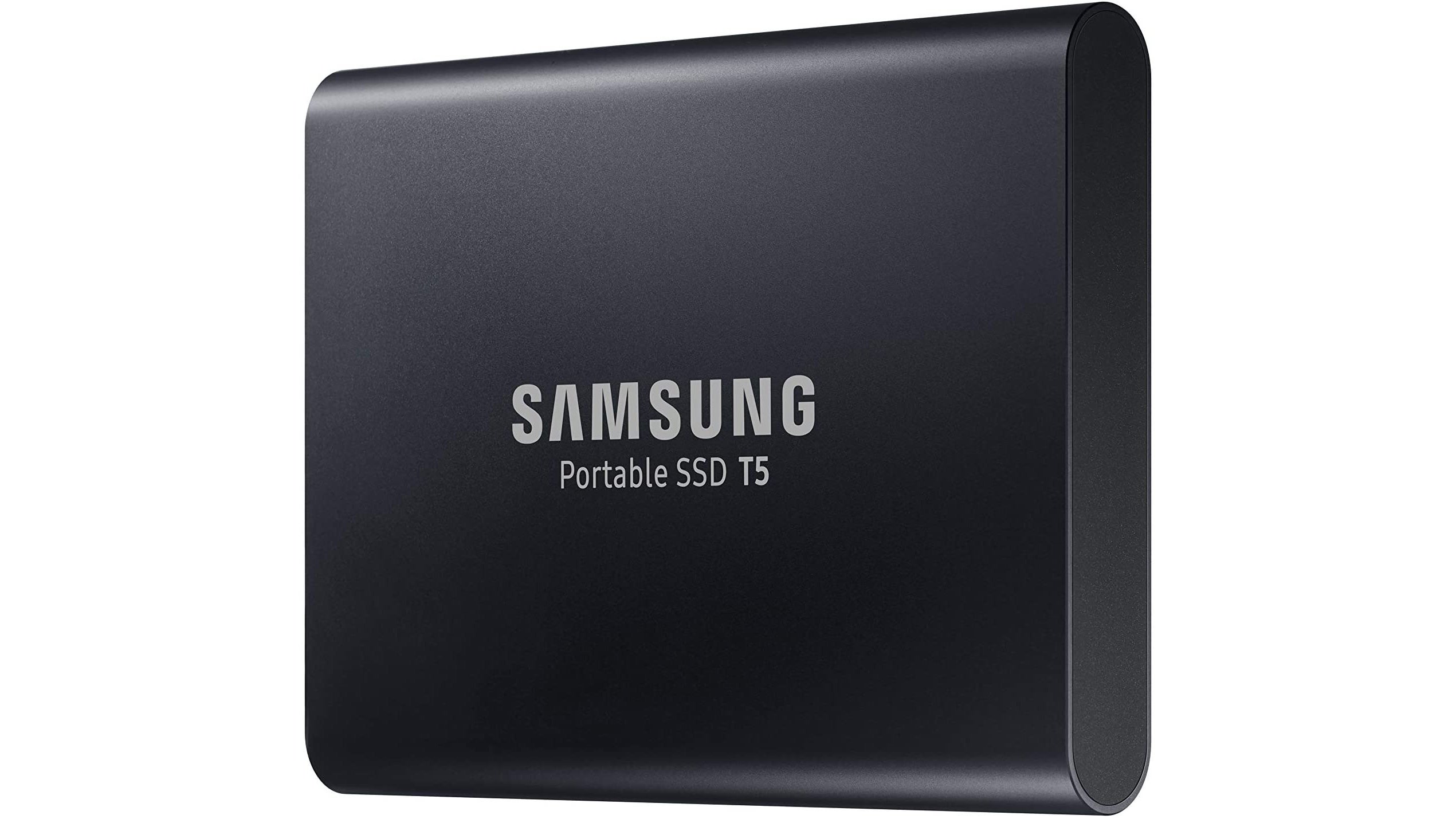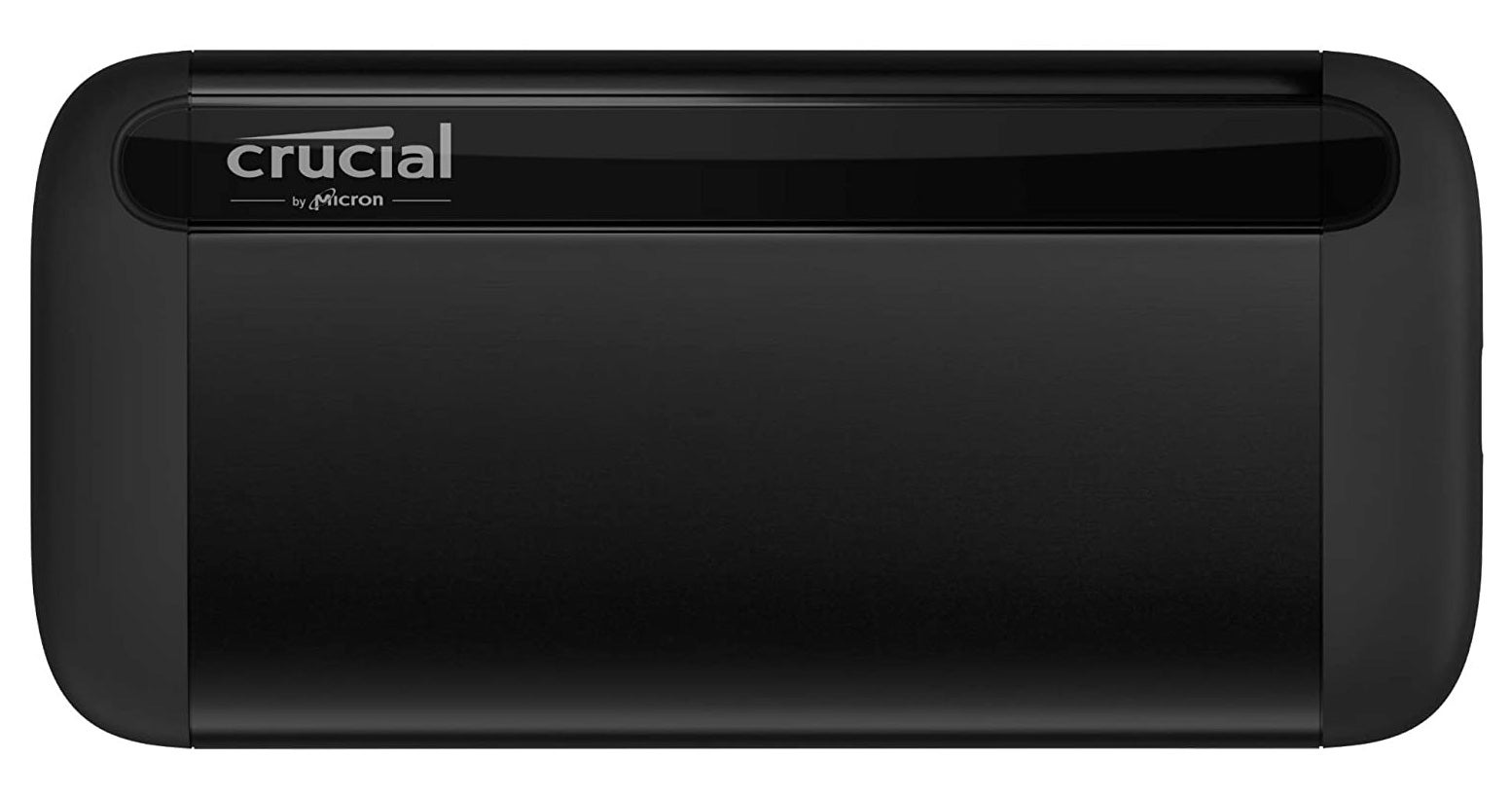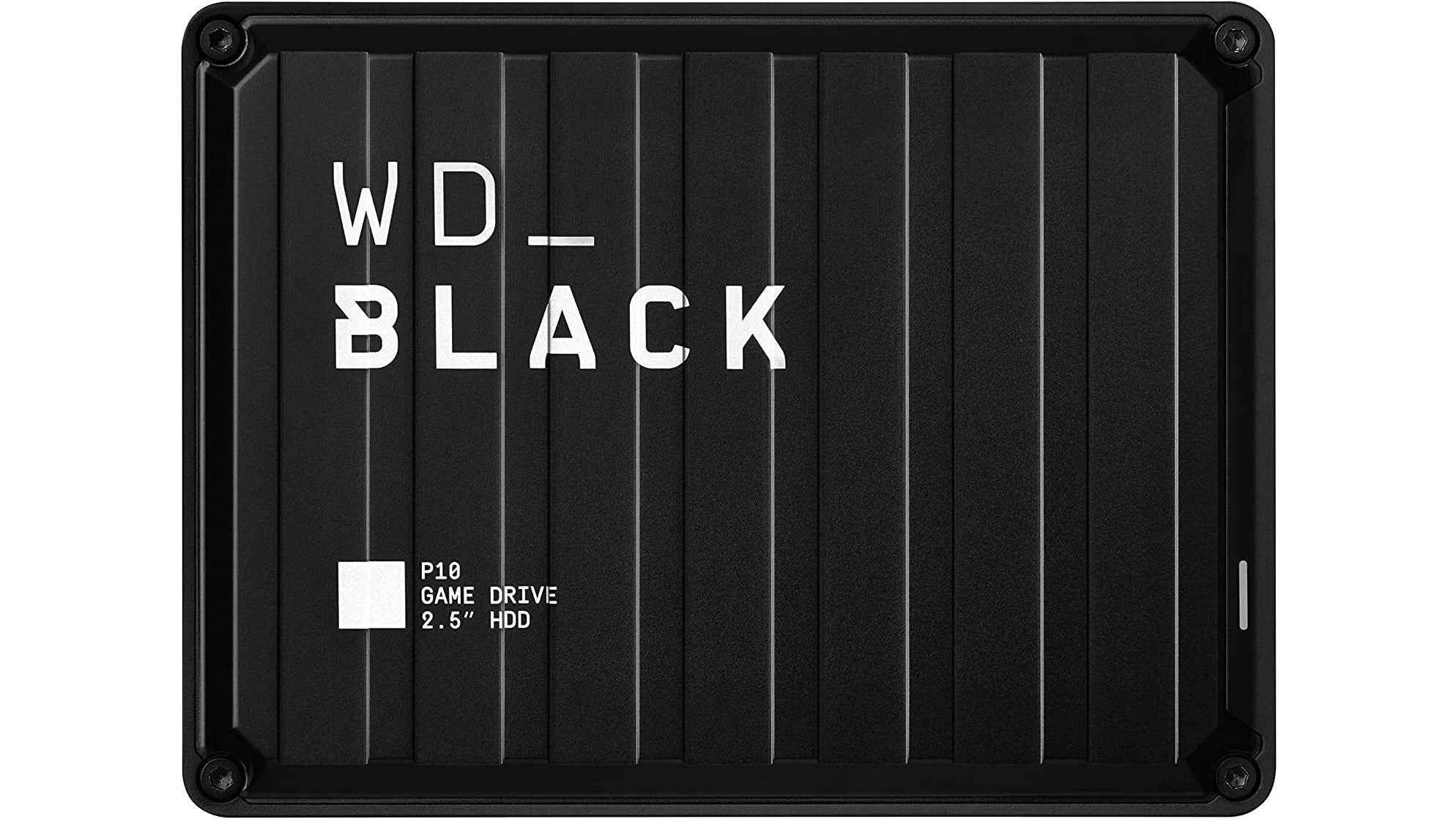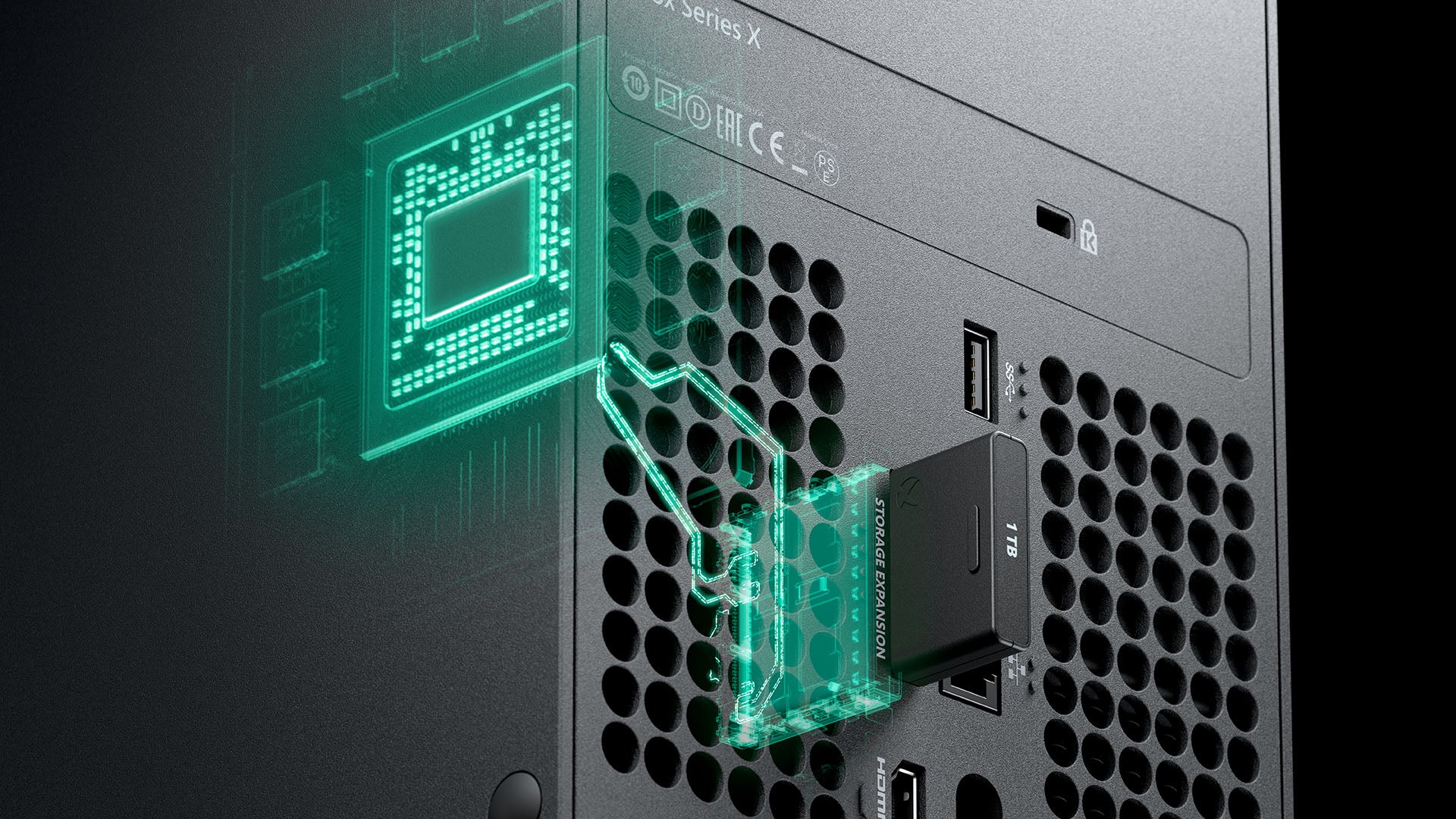To make our picks, we considered core specs like speed, interface and capacity, as well as each drive’s reputation for reliability and durability. Of course, price plays a big factor as well, so we’ve tried to find the best deals on each of the drives we recommend for readers in the US and UK. If you want to know more about how to choose the best drive, feel free to check out our frequently asked questions at the end of this article, but otherwise let’s get right into the recommendations. Toshiba isn’t as well known in the hard drive space compared to giants like WD or Seagate, but they have produced drives for decades and have a reputation for quality, making this an easy recommendation given its competitive price. However, while these portable SSDs are much more affordable in 2021 than they were years ago, they are still more expensive per gigabyte than portable hard drives. Therefore, we’re recommending smaller capacity drives that are great for ensuring your favourite games load super fast, even if you can’t have as many games installed at once. Our pick here is the Samsung T5, a small form factor drive in a snazzy metal chassis, which is capable of transfer speeds of around 500MB/s - impressive. Faster alternative: While the Samsung T5 is impressive, even faster drives exist too. Our current recommendation from our best SSDs for gaming round-up is the Crucial X8, which performed in excess of 1000MB/s in our testing - twice as fast as the T5. This drive is normally more expensive per gigabyte than the T5, but with prices changing regularly due to the current human malware situation it’s well worth checking the price via the links below - you could get even better performance for around the same amount of money. The two next-gen consoles each handle external storage differently too. Microsoft has partnered with Seagate to create proprietary expansion drives, 1TB in size, which should perform well while also being much more robust than your average NVMe SSD thanks to their plastic casing. Meanwhile, Sony is taking the opposite approach, with a standard NVMe M.2 slot and a validation program to ensure that sufficiently fast drives get the official nod of approval. However, Sony has yet to unlock support for internal expansion drives months after launch, so don’t buy anything without seeing official word - as it simply won’t work without the company’s say-so. While standard external drives aren’t able to play next-gen games, these drives still come in handy on the PS5 and Xbox Series X to store and run your PS4 or Xbox One games, leaving the faster internal storage free for next-gen games that can best take advantage of it. You could also back up Xbox Series X games to the slower drive for safe-keeping, then move them back to the internal storage when you next want to play them - saving you what could be quite a lengthy download. Therefore, feel free to refer the recommendations above, even for PS5 and Xbox Series X. Most consoles ship with either 500GB or 1TB drives, so we’d recommend going with a drive that’s at least this size to make it a meaningful upgrade. Particularly at the end of a console generation, with headline titles like The Last of Us Part Two and The Ghost of Tsushima coming out and Warzone patch sizes seemingly ballooning out of control, larger hard drives will allow you to spend more time gaming and less time anxiously deciding which game you’ll have to uninstall next. 2TB and 4TB sizes are a great middle-ground, offering a ton of space at a reasonable price, while even larger drives - up to 8TB - do tend to cost more per gigabyte but mean that you might never need to uninstall a game you’re interested in playing. If you’re going for faster SSD storage, then 500GB is again a good place to start. External SSDs are much more expensive than external hard drives, so we don’t recommend anything beyond a 1TB or 2TB drive as prices quickly become prohibitive. How to add an external hard drive to PS4 or Xbox One Thankfully, it’s super easy to add external storage to your games console. Simply plug the external drive into any of your PS4 or Xbox One’s USB ports, using the cable that came in the box. If there’s an external power cable included with your drive (something you typically only see with physically larger drives), plug that into a nearby power outlet. The PS4 or Xbox One will automatically recognise the drive and offer to format it for you. Accept this, wait a few seconds and you’ll be told that the drive is ready. From here, you can begin installing games to the drive, or moving from your internal storage. Which drives are compatible with PS4 or Xbox One? All USB drives are compatible with the PS4 and Xbox One as long as they support the USB 3.0 standard. All of our recommendations meet this requirement, so choose any of the drives on this page and you’ll be sitting pretty. Are internal or external hard drives better? If you’re willing to take your PS4 or Xbox One apart, installing a drive internally can improve performance slightly - especially if you go for an internal SSD. However, this operation does require some technical knowledge, so we reckon that the external option is the best choice for most people. If you are set on upgrading your PS4 or Xbox One with an SSD, we found the guides at iFixit to be a great resource - here’s the PS4 one and here’s the Xbox One equivalent. Any SSD should work for this, so we’d recommend checking out our latest SSD recommendations.

